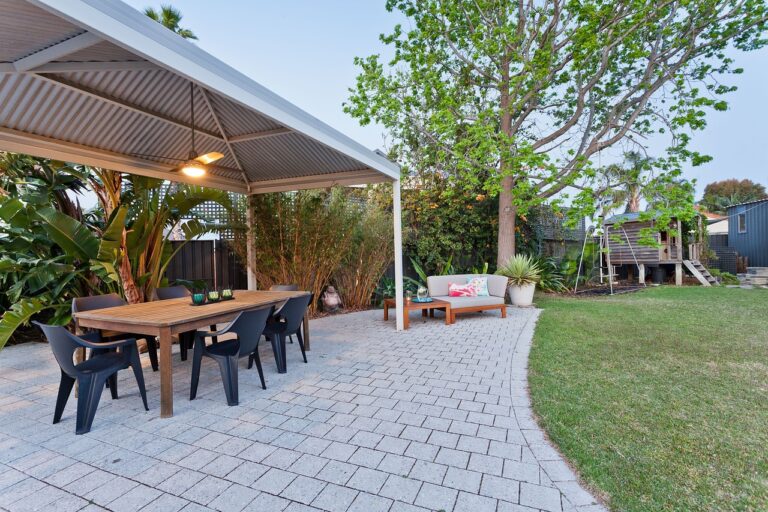Visual Effects in Virtual Reality Sustainable Architecture: Incorporating Renewable Materials
laser book 247 login password, lotus299, 11xplay pro:Virtual reality technology has revolutionized the way architects and designers create sustainable buildings. By incorporating renewable materials and utilizing visual effects, virtual reality sustainable architecture is pushing the boundaries of eco-friendly design.
Designing sustainable architecture involves considering various factors such as energy efficiency, material selection, and environmental impact. With virtual reality, architects can visualize how renewable materials like bamboo, recycled glass, and reclaimed wood can be integrated into their designs. By creating realistic 3D models, architects can explore different options and make informed decisions that prioritize sustainability.
One of the key advantages of virtual reality in sustainable architecture is the ability to simulate the environmental performance of a building. Architects can analyze how factors such as natural lighting, ventilation, and thermal insulation impact energy consumption and overall sustainability. By incorporating visual effects, architects can create immersive experiences that showcase the benefits of using renewable materials in construction.
In addition to reducing the environmental impact of buildings, virtual reality sustainable architecture also offers cost-saving opportunities. By optimizing designs in a virtual environment, architects can identify potential areas for improvement and avoid costly mistakes during the construction phase. This not only saves time and resources but also ensures that the final building meets sustainable standards.
Furthermore, virtual reality technology enables architects to collaborate with stakeholders and clients more effectively. By sharing immersive 3D models, architects can communicate their design vision and demonstrate the benefits of incorporating renewable materials. This collaborative approach fosters a deeper understanding of sustainable architecture principles and encourages more environmentally conscious building practices.
As virtual reality technology continues to evolve, the possibilities for sustainable architecture are endless. By leveraging visual effects and renewable materials, architects can create buildings that are not only aesthetically pleasing but also environmentally friendly. From energy-efficient structures to carbon-neutral designs, virtual reality is reshaping the future of sustainable architecture.
—
FAQs:
Q: Are virtual reality sustainable architecture designs realistic?
A: Yes, virtual reality technology allows architects to create highly realistic 3D models that accurately simulate the environmental performance of sustainable buildings.
Q: How can renewable materials be incorporated into virtual reality sustainable architecture designs?
A: Architects can use virtual reality to explore different options for integrating renewable materials such as bamboo, recycled glass, and reclaimed wood into their designs.
Q: Can virtual reality sustainable architecture save costs?
A: Yes, by optimizing designs in a virtual environment, architects can avoid costly mistakes during construction and identify areas for improvement that can lead to cost savings.







